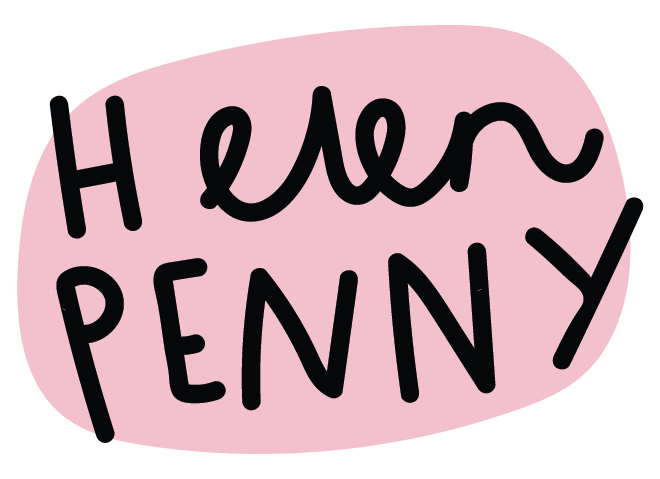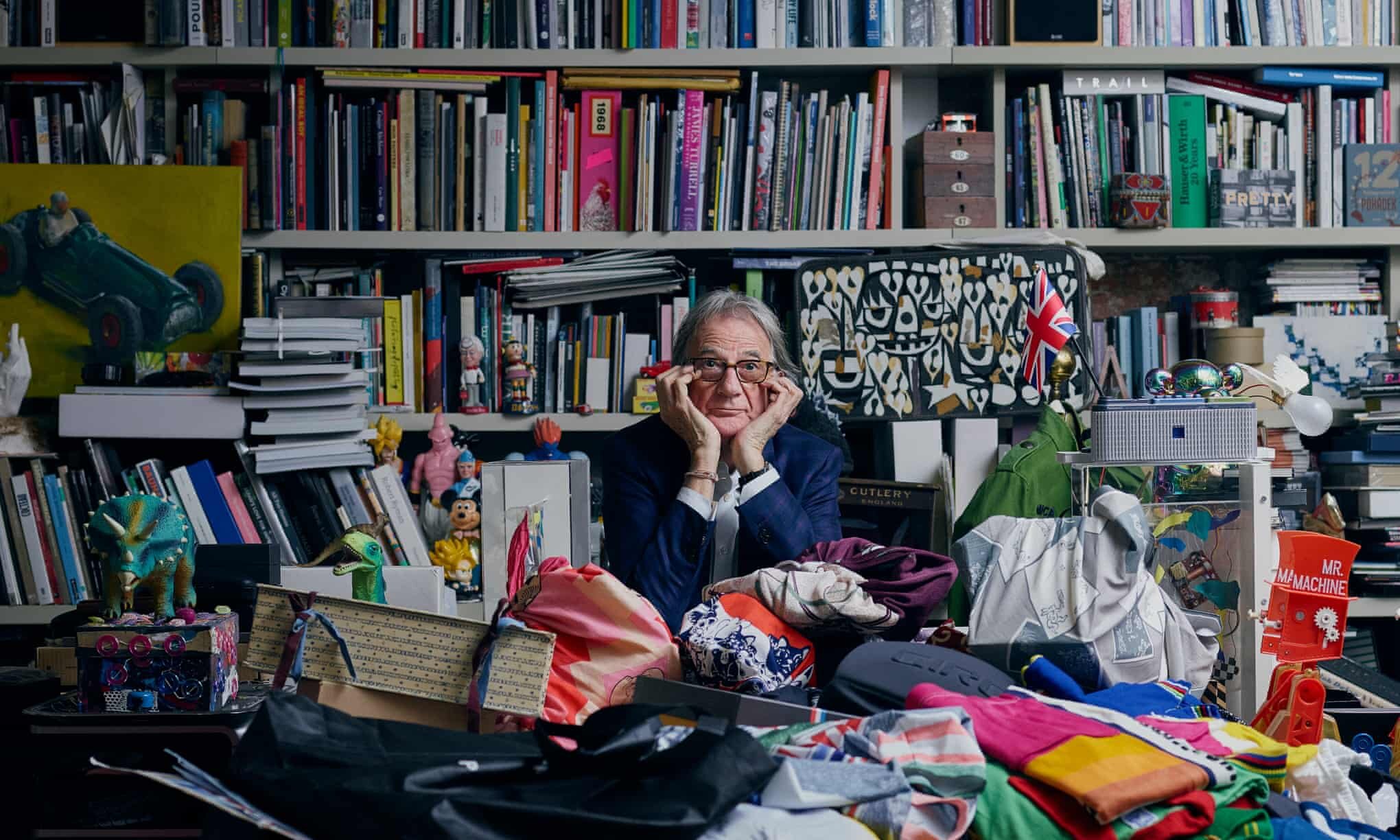How to find inspiration as a designer
If you want to design a collection – but you don’t know where to start – you’re in the right place. I’ll explain my tried-and-tested ways of how to find inspiration as a designer.
Whether you’re a jewellery designer, or into ceramics, fashion, textiles, furniture, surface pattern or pretty much anything-and-everything visual, releasing a collection will be one of the most exciting things you do in your life.
1 . Why design in collections?
In the design world, a collection is a group of designs that share a common theme and are related in some way. For example, the common factor could be the concept, colour, materials or function.
My favourite product collections are those that have a concept:
Alexander McQueen created collections that were informed by his Scottish heritage
Gareth Pugh released a collection in reaction to the turbulent political climate
Vivienne Westwood took inspiration from classical artists, such as Thomas Gainsborough.
My necktie collection was inspired by dog’s favourite things and my recent collection, ‘Nan’s house,’ was influenced by the sale of my Nan’s house after she died.
The benefit to releasing your work in a concept collection, is that it can evoke an emotional connection with your audience that transcends aesthetics. Exploring a theme that is personal to you can be incredibly cathartic.
Side note: there are some other factors that you may need to consider before you start. If you want to design a profitable collection that sells, I’ll be releasing a guide on how to make your designs commercially viable soon. Sign up to my newsletter to stay in the loop.
2 . Practical tips to find inspiration
How do I find ideas?
Finding inspiration can be a process of learning about yourself. In the simplest of terms: what are you passionate about, what are you interested in, what are you drawn to?
Some exercises you can try to help you open your mind to ideas:
Use your phone less when out-and-about and observe your surroundings.
Take a closer look at the world around you. Notice beautiful textures, architecture or patterns in nature.
Spend an afternoon people-watching at a cafe or on a bench.
Collect interesting found objects*
Spend a day at the library or an old bookshop, browse vintage books, flick through genres you wouldn’t normally try
Walk around a gallery on your own and notice what you’re drawn to. Why do you like the pieces you like?
Collect interesting visuals from magazines and newspapers. Whether it’s people’s stories, photographs or graphics that grab your attention
Take photos of colour palettes that you spot in your surroundings.
Don’t worry about contextualising your findings at this stage - just collect things you like. You can analyse them at a later stage to notice patterns/trends and decide your common themes.
Paul Smith in his office. Photograph: Nick Ballon/Maharam
*Becoming a collector of ‘things’ might seem strange to some, but this exercise is useful to develop your own creative identity.
I was lucky enough to meet Sir Paul Smith in his work space a few years ago – it was an Aladdin's cave of anything and everything he found interesting or beautiful.
3 . Analyse your interests
Aesthetically speaking, what are you drawn to?
This could be cinema, a fashion era, a bowl of fruit, or just that lovely picnic you had with your friend. Why do you think you’re attracted to them? Dig deep and analyse.
Find sentiment in your own life
Do you have a family story to want to share, or a funny fact about yourself? Do you see a certain number everywhere you go, or did a stranger share a piece of wisdom once and it’s never left you? What do you do to find comfort, or alternatively, what’s your vice? Maybe you have a strong viewpoint and want to make a statement to the world.
Explore
The theme of your collection will be something you spend a lot of time with, so if something doesn’t feel quite right about it, explore different options before you commit.
Themes and visual clues to consider: Fashion over the decades, Interiors, Eras in time, Film + TV, Literature + poetry, Historic events, Politics, Heritage, Behaviour, Different periods in art, Architecture, Music, Your culture / cultures across the world, Popular icons + people you admire, Psychology, Nature, Relationships
4 . Create a mood board
You can create a physical mood board, but I like to collate everything within a Pinterest Board. I find this method useful because the pinterest algorithm suggests images that fit with your subject. It’s an absolute dream for visual people!
Once you have collected and/or uploaded images that speak to you all in one place, step away from it for a day or two and come back to it with fresh eyes.
Do you notice a common theme within the things you have collected?
Are there certain colour palettes, shapes or textures that stand out to you? Do their stories intertwine in some way? Or maybe you enjoy the juxtaposition. How do these images make you feel? Do they evoke a certain emotion? Write a list of words or phrases to go alongside your images.
Now you can create a more focussed mood board, selecting the visuals and/or themes that you feel are the strongest. Pick out your colour palette from these images and note down 3 defining words.
5 . Start sketching
Hopefully at this stage you have some ideas that are ready to burst out.
Let your hair down and sketch out the visuals you have in your mind. Don’t be precious at this stage - the uglier and weirder the better - just get your ideas out of your head.
✘ Don’t be a copycat
A friendly reminder that it’s very important not to copy other people’s work. It’s not cool and it’s not legal! You can certainly take inspiration from other people – you could echo lots of small elements from lots of different artists and designers to make up your own visual identity – but don’t directly copy from one source. This is why we collect images from a whole range of sources!
Remember, you want your designs to come from your soul. Stay true to yourself – you will feel so much more confident about your work if you do.
If you still feel stuck and uninspired, The artist’s way by Julia Cameron is an incredibly useful guide to get your creativity flowing.
I’ll be releasing a guide on how to turn your ideas into designs very soon! Sign up to my newsletter to be alerted when it goes live.
Helen x
Shop . . .
*as an Amazon Associate I earn from qualifying purchases



